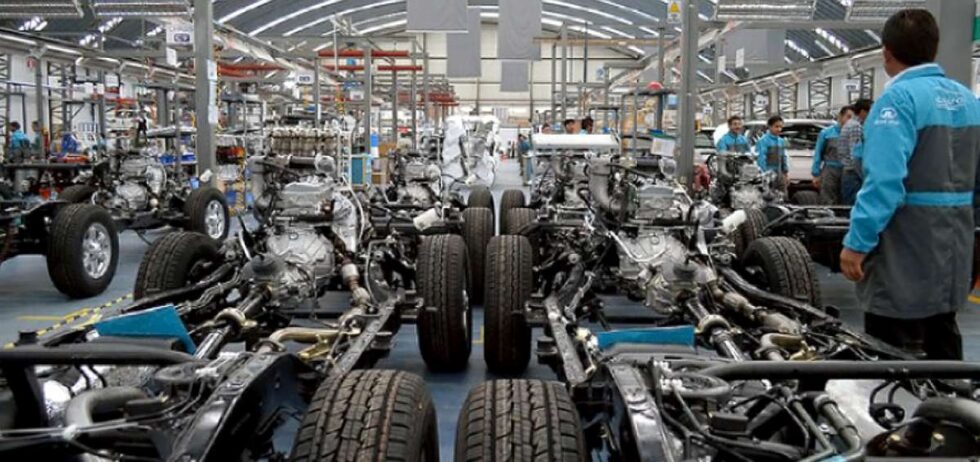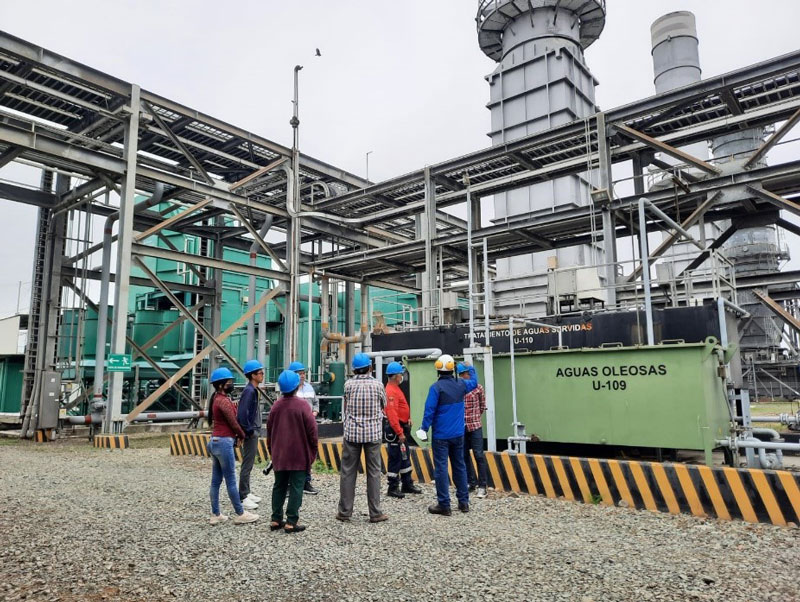Student vaccinations underway; Tram completes first year of service with big issues unresolved; Covid-19 cases drop 85%; ‘Smart greenhouse’ wins award
Lunes, 13/89/2021
Hola, Todos –
Actividades –
Nada.
Titular –
A vacunarse los de 12 a 15 años (12 to 15 year olds to get vaccinated) – After 100 days of intense work, vaccination centers closed ayer and vaccines will be given to those still lacking their 1st and/or 2nd doses at the 1,900 health centers in the country. At the same time, starting today, children and teens from 12-15 will be immunized at their schools. The 3 largest cities, Quito, Guayaquil, and Cuenca, will keep 2 large vaccination centers open. In Cuenca these will be the Universidad Politécnica Salesiana (UPS) and the coliseo Jefferson Pérez. The rest of the cantons in the country will keep one large center open. In these centers, people who did not get vaccinated for whatever reason will get first doses of AstraZeneca and CanSino.
MSP data indicates that 294,102 minors under 18 have been vaccinated, and there are 1,350,000 kids between 12 and 15 to be vaccinated. This process will last until el 30/10 with mobile brigades visiting schools according to a schedule. If the school is not holding in person classes, the school administrators are obligated to get the kids to school on the assigned days. This age group will be vaccinated with one dose of Pfizer. In a United Kingdom study, validated by the MSP of Ecuador, it was found the 12-15 age group achieves a high level of immunity with only 1 dose without the risk of myocarditis which increases with a 2nd dose.
The number of Covid cases in Ecuador has decreased by 85%, and the incidence rate has fallen from 14.35 cases per 100,000 inhabitants to 10.69. <I’m so grateful to be living in a country that is taking this pandemic seriously and acting on it efficiently, both at government and personal levels.>
Cuenca –
Tranvía: un año de déficit (Tram: a year of deficit) – 9 days before the Tranvía completes its 1st year of operation, the deficit has reached $6 million. Coordinating general director Jorge Moscoso, said that they need to reinvent the planning. They have signed agreements with Farmasol and Mega Supermercado Santa Cecilia which benefit cardholders. Another action to reduce the fiscal breach is renting advertising space in the Tranvía system which has generated $500,000 so far.

Tram ridership has increased but issues with bus integration and a single card payment system remain unresolved. (El Mercurio)
Ridership in the first few months of operation gradually increased to around 10,000 to 12,000 per day. In deciembre of 2020, it was at a daily average of 14,000 with peak days at 16,000-19,000. Part of it was that the #100 Ricaurte-Baños bus line was not operating at 100% during those months. When line 100 returned to normal operation in enero, 2021, Tranvía ridership dropped to 9-10,000. This bounced back to 12-14,000 by marzo and has been maintained to the present month. Moscoso hopes for at minimum increase of 20% when students start going to face-to-face classes. He said that the Dirección Municipal de Gestión de Movilidad (DGM) and the Empresa Municipal de Movilidad (EMOV EP) need to say something about the legal and technical situation of line 100 which is considered direct competition for the tram. With regard to unifying the bus and tram cards, Moscoso that said it is impossible since they are incompatible systems. He also said that a physical card is an expired theme and there should be a “tarjeta ciudad” (city card) using new technologies such as phones, QR codes, bank transfers, credit and debit cards, and biometric ID. <That means scrapping both card systems and installing a completely new one? And would both systems be suspended while that work gets done?>
Region –
Una vida tras un invernadero “smart” (A life behind a “smart” greenhouse) – Daysi Fernanda Criollo is one of the students in the school for entrepreneurs at the Ministerio de Agricultura y Ganadería (MAG). She won 2nd place in the national “Hackatón” contest. Her project is an automated greenhouse which can reduce the time from planting to harvest. It was also part of her thesis to graduate as an agricultural engineer from the U. of Cuenca. She was helped by her husband, who migrated to the US a month ago, and who helped engineer the irrigation system which used sensors to measure moisture and temperature. The automatic system will turn on water taken from a nearby stream as well as govern air flow best for the crop. She is now working on a semi-hydroponic system for growing strawberries with an automatic drip system.
287 jóvenes inscritos (287 young people enrolled) – MAG started its 3d school for “Joven Rural” (Rural Youth) entrepreneurs. The students are from 18 to 29 years old with 155 women and 132 men. This school is focused on “Ganadería inteligente” (Smart livestock) and the training will last 11 weeks and cover livestock management, strategic bovine nutrition, remote sensing applied to pasture management, good milking and milk handling practices <Such as the 5 second rule doesn’t apply if you spill milk into the feed bucket?>, traceability and documentation.
Nacional –
Menores de 12 años (Under 12 years old) – Ministra de Salud, Ximena Garzón, reported that the Ministerio is compiling scientific information about starting a new phase of vaccinations for kids from 6-12. This phase will start when 12-15 year olds have been vaccinated and run until diciembre when the whole vaccination process will be complete and a herd immunity of 85% is reached. 6-12 year olds will receive the Sinovac which was approved for emergency use by the Instituto de Salud Pública de Chile at the beginning of septiembre. The final approval by the Ministerio of Salud of Chile is expected shortly. Sinovac submitted a study that determined the the vaccine can be given to children over 3 years old, but more information is being gathered before the decision is made to vaccinate this grupo etario (age group – your phrase for the day).
Tercera dosis (3d doses) – In spite of the initial announcement that 3d doses for people over 60 or immunosuppressed would be given starting in mid-septiembre, this process will not start until enero, 2022. This decision was made because the level of immunity reached at a community level is unknown. The Ministerio de Salud is conducting a study to determine the level of immunoglobulin that has been reached in order to see if a 3d dose will be necessary. However, 3d doses are available for people who got AstraZeneca or Pfizer vaccinations overseas with both doses administered at least a year ago. For those who got Moderna or Johnson & Johnson vaccines which do not exist in Ecuador, they can get a CanSino or Sinovac booster.
And that’s all for today so hasta ?
Jeanne


















